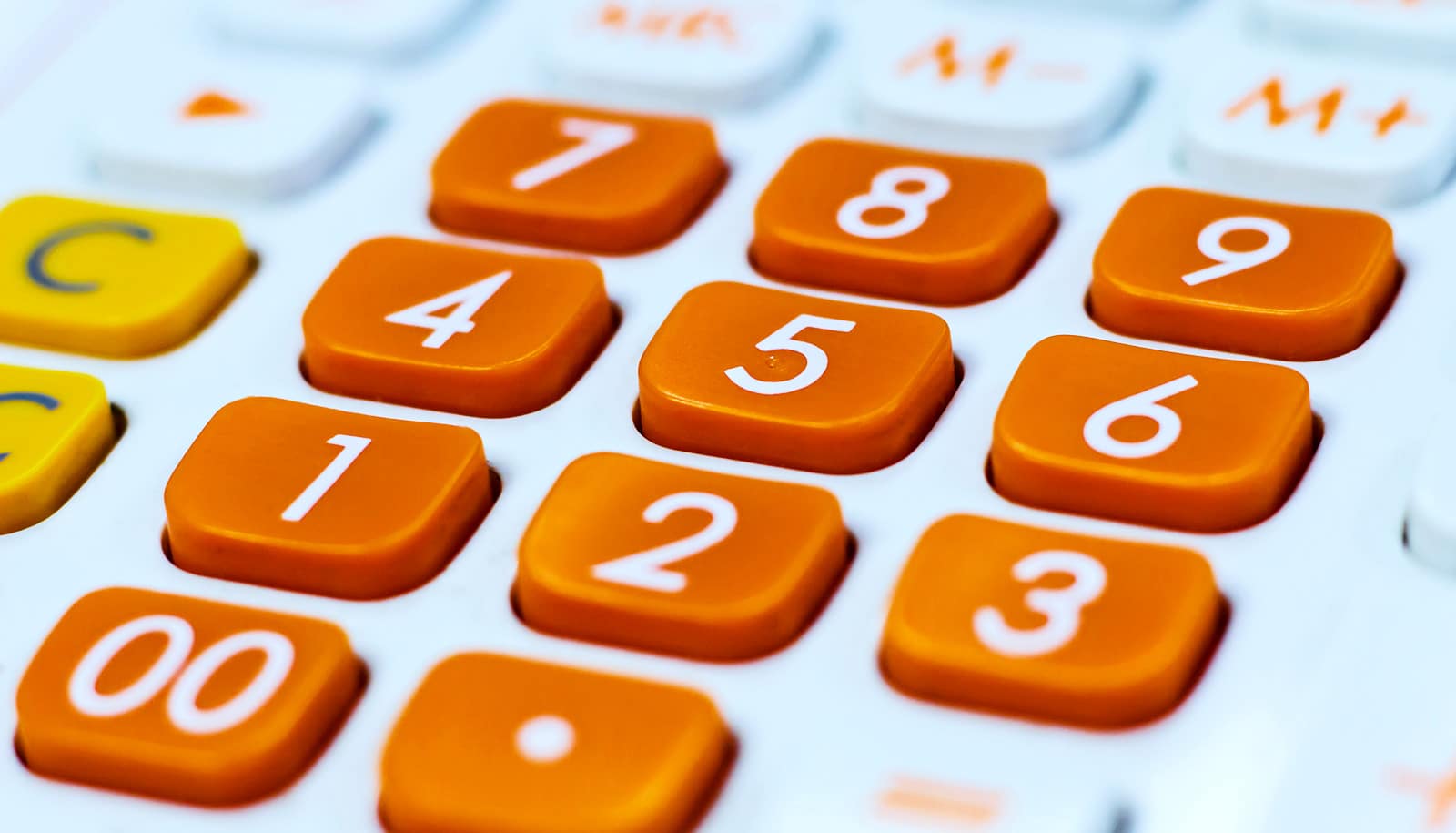A new study offers a “dismal picture” of math textbooks across the globe.
The research has serious implications for the next generation of learners.
Among the findings, the researchers discovered that student “opportunities to learn and develop mathematics literacy are so few as to almost be nonexistent” in eighth grade textbooks.
Moreover, what is given to them in traditional word problems are little more than numbers surrounded by words.
“The world has failed in terms of providing teachers with the textbooks they need in order to better develop students’ quantitative literacy, mathematical reasoning, and to help them learn to solve demanding, real-world problems,” says William H. Schmidt, a professor at Michigan State University founder and director of the Center for the Study of Curriculum Policy. Schmidt is lead author of the new study, published as an Organisation for Economic Co-operation and Development (OECD) working paper.
“Across the textbooks we analyzed, there were more than 50,000 exercises. Of those, less than 1% dealt with demanding, real-world applications. In the US, only 0.5% of problems met this standard,” Schmidt says. “How can we expect kids to have a sense of if they’ll ever use math in the real world, or gain any experience in doing it, if we don’t give them any opportunities to learn?”
‘Will I ever use math in the real world?’
Schmidt drew upon research he led in 1995 for the Third International Mathematics and Science Study, or TIMSS. For the current work, he and colleagues examined how, and in what ways, mathematics had changed and how, or if, new topics had been included in textbooks that were not typically taught in the last 25 years.
Globally, countries showed improvement in these areas. In most cases, the pattern of coverage of key topics was similar to what had been discovered in TIMSS. New topic areas, such as quantitative reasoning, higher-order real-world applications, and 21st century competencies, were also included, to some degree, in all countries studied.
But the question that has plagued the classroom for years—”Am I ever going to use math outside of school?”—remains a problem, and textbooks aren’t helping.
For example, if the average country only included one demanding, real-world application in their lesson each week, the country would run out of exercises in 1.5 months.
And while textbooks themselves were the focus of the study, teachers themselves may also need to reconsider their strategy. While researchers note there is no data pertaining to what teachers were actually teaching, previous research indicates a “strikingly large correlation (0.9) between teacher content coverage and textbook content coverage.”
In other words, what is in the textbooks is likely what teachers teach.
More than 25 years ago, Schmidt and colleagues discovered US standards in mathematics were different than most top-achieving countries. For example, the US covered more topics over the first eight grades than any other country.
In the new study, Schmidt and colleagues now see improvements.
“The US isn’t leading in math, but we are farther ahead than we were 25 years ago,” says Schmidt. “The country is covering half of the topics it attempted to cover 25 years ago. For example, where it was 34 topics in eighth grade, now the US covers 20, following Common Core state standards. While this is an improvement in formal mathematics—which is fundamental to learning—this isn’t all we want our youth to learn.”
Math textbooks need an upgrade
Math education needs to be improved globally—and the future of how it can be improved may come down to decision-makers.
Schmidt admits the solution is not completely clear. While policy is set at the national or regional level, textbooks are published by corporations, and governments and corporations don’t always have the same goals in mind.
There are also other struggles with math to contend with. For example, gaps in access to quality math education are only increasing the achievement gap, according to 2015 research also led by Schmidt.
And the COVID-19 pandemic may be making matters even worse.
“Mathematics is so central to our knowledge because so much of the world’s information is given in tables, graphs, and in quantitative ways,” Schmidt says. “Look at the pandemic as an example. There is varied information at local, regional, and national levels regarding vaccinations, hospitalizations, and more.”
So what’s next?
One possibility Schmidt suggests is for governments to reimagine policies and to set standards to which textbooks must adhere. He hopes the research shines a brighter light on the urgent need for steps to be taken to improve textbooks.
Source: Michigan State University



